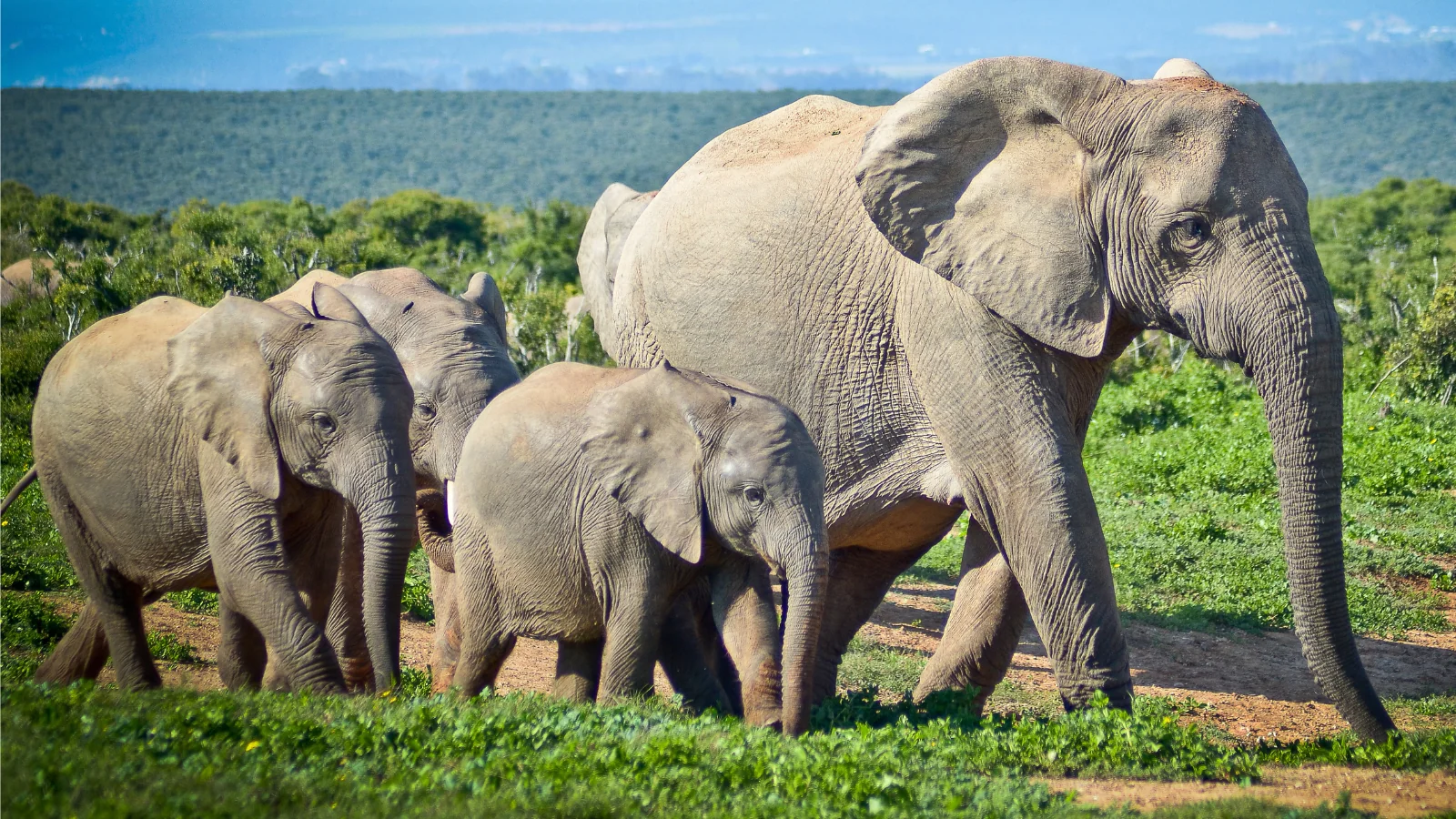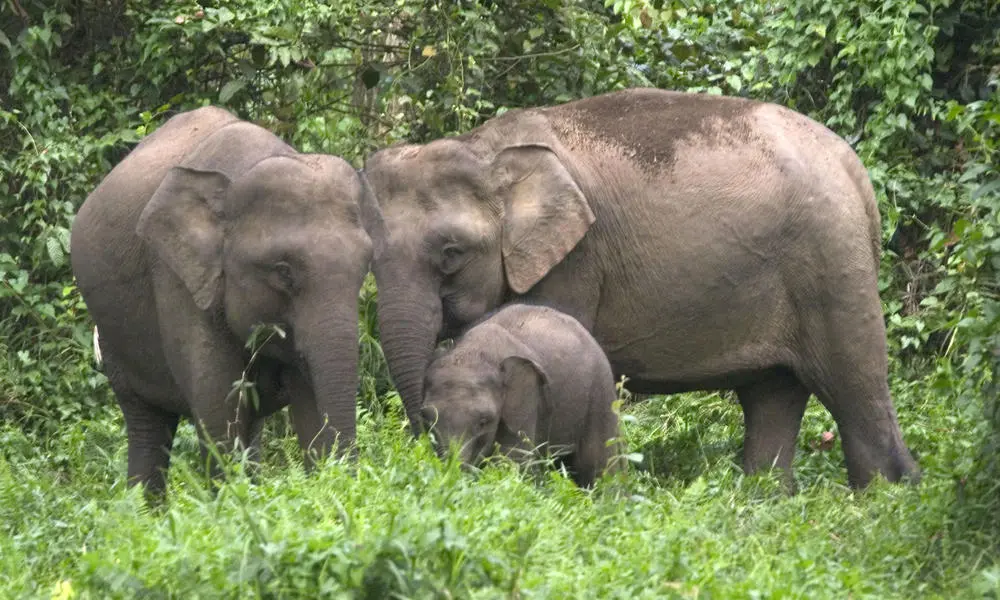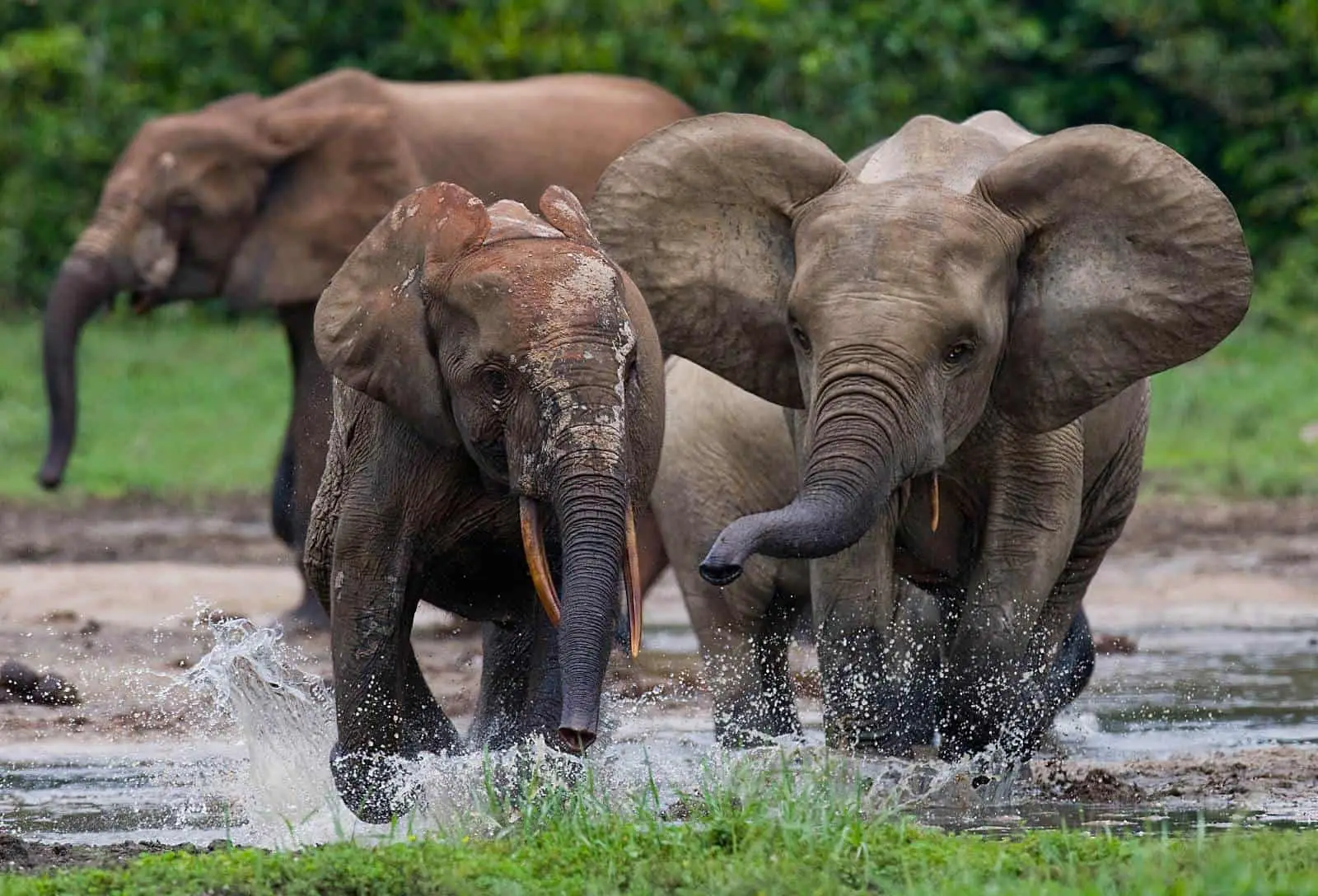Species of Elephants
Elephants have historically been categorized into two main species: the African elephant (Loxodonta africana) and the Asian elephant (Elephas maximus). However, African elephants are further divided into two subspecies: the savanna elephant (Loxodonta africana africana) and the forest elephant (Loxodonta africana cyclotis). Both species are vital ecosystem engineers, playing a critical role in maintaining biodiversity. Their actions, such as dispersing seeds through dung and creating water holes, support other wildlife in their habitats.

Distribution of Elephants
– African Elephants:
– Savanna elephants are primarily found in eastern and southern Africa.
– Forest elephants are concentrated in western and central Africa.
– Key Range States include Botswana, Kenya, Zimbabwe, Congo, and more.
– Asian Elephants:
– Predominantly inhabit southern and southeastern Asia, including India, Sri Lanka, Thailand, and Malaysia.
– India hosts the largest population of Asian elephants, with Karnataka having the highest number among Indian states.
Habitat of African and Asian Elephants
Elephants thrive in diverse habitats, including tropical forests, savannas, grasslands, and woodlands:
– Savannas: Grasslands interspersed with trees, with distinct dry (June–November) and rainy (October–June) seasons.
– Grasslands: Nutrient-rich areas with perennial grasses and seasonal droughts, preventing tree dominance.
– Woodlands and Forests: Varying canopy structures, with woodlands being more open and forests providing continuous shade.
– Tropical Forests: Stable temperatures (~23°C) with varying rainfall determining vegetation types.
Differences Between African and Asian Elephants

– Physical Characteristics:
– African elephants have larger ears resembling the shape of Africa, while Asian elephants have smaller, rounded ears.
– African elephants are generally larger, with both males and females possessing tusks, unlike Asian elephants, where only males may have tusks.
– Asian elephants have a more convex back, while African elephants have a straighter spine.
– Behavior and Habitat:
– African elephants are more commonly found in open savannas, while Asian elephants prefer dense forests.
– Diets vary based on the habitat, with African elephants favoring grasses and Asian elephants consuming fruits and bark.
Best Places to See Elephants
African Elephants
– Chobe National Park, Botswana: Known for its high density of elephants, particularly along the Chobe River.
– Mana Pools National Park, Zimbabwe: Offers unique opportunities for walking safaris to observe elephants up close.
– South Luangwa National Park, Zambia: Famous for its vibrant wildlife, including large herds of elephants.
– Amboseli National Park, Kenya: Known for breathtaking views of Mount Kilimanjaro and large elephant populations.
Asian Elephants
– Bandipur National Park, India: A key part of the Nilgiri Biosphere Reserve, offering panoramic views and a significant elephant population.

– Kaziranga National Park, India: Home to the ‘Big Five’ of Indian wildlife, including the Asian elephant.
– Rajaji National Park, India: Situated in the Shivalik ranges, it’s a prime location to witness elephants in the wild.
– Nagarhole National Park, India: Part of the Nilgiri Biosphere Reserve, with the Kabini River as a hotspot for elephant sightings.
Day-Wise Suggested Itinerary with Oyepedia Travel LLP
Day 1: Arrival and Orientation
Begin your journey in a serene national park. Relax and acquaint yourself with the rich biodiversity of the area.
Day 2: Guided Safari and Wildlife Exploration
Embark on a morning safari to observe elephants in their natural habitat. Learn about their behavior and the ecosystem they sustain.
Day 3: Habitat Exploration
Dive into the specifics of savanna and grassland habitats. Engage in activities like nature walks and talks by local conservationists.
Day 4: Forest Excursion
Explore dense forests where elephants thrive. Witness how they clear paths and maintain the ecosystem’s balance.
Day 5: Cultural Experience
Interact with local communities to understand their relationship with elephants and efforts toward coexistence and conservation.
Day 6: Waterhole Visits
Visit watering holes created by elephants, providing a lifeline for many species in the dry season.
Day 7: Evening Safari
Experience a mesmerizing sunset safari, observing elephants in the backdrop of a vibrant savanna sunset.
Day 8: Conservation Workshop
Participate in a workshop to understand the challenges of elephant conservation and how you can contribute to preserving their habitats.
Day 9: Leisure and Reflection
Spend the day relaxing or capturing memories. Reflect on the majestic creatures and their impact on the ecosystem.
Day 10: Departure
Bid farewell to the enchanting landscapes, carrying memories of an unforgettable encounter with elephants.
This itinerary ensures a comprehensive and enriching experience with African or Asian elephants in their natural habitats.

